#black american art
Explore tagged Tumblr posts
Text




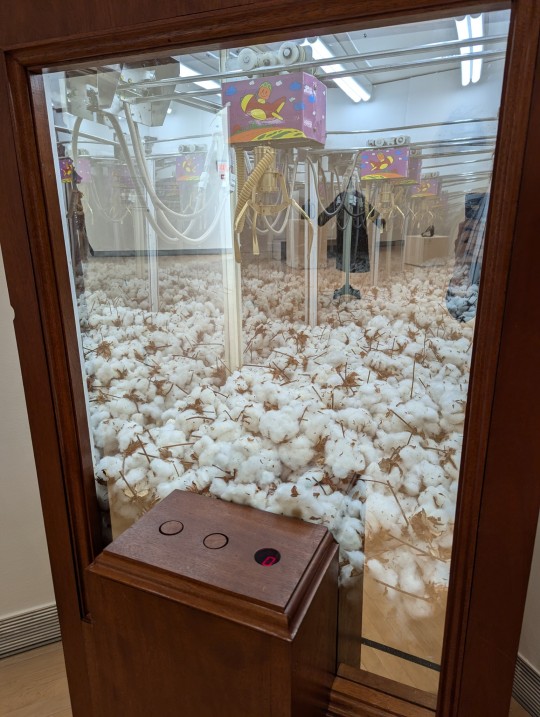
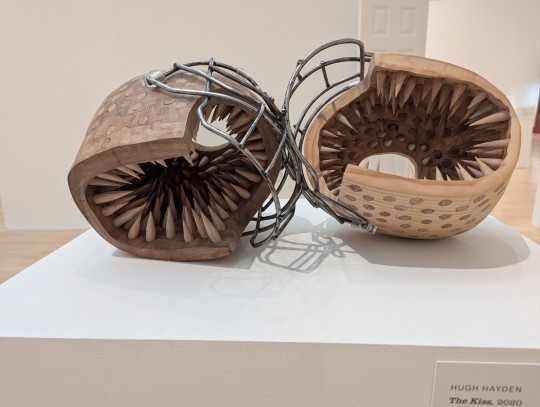
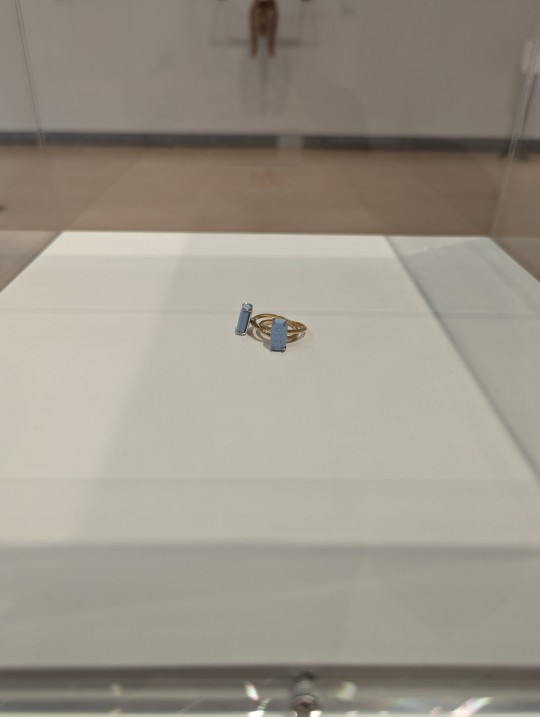



Photos of Hugh Hayden's Exhibition Home Work, as seen at the Rose Art Museum (Brandeis University), 2024. Throughout this post, text present in the gallery (written by museum curators, not me) is intended in block quotes.
Through his prodigious studio practice, Hugh Hayden (b. 1983, Dallas, TX) has become one of the leading artists of his generation. His meticulously crafted sculptures, hybrid forms, and poignant installations evoke profound reflections on the human condition within a complex, volatile, and often threatening world. hayden combines a probing analysis of serious and often painful topics with humor, visual puns, and wordplay, provoking a unique blend of visceral and critical responses.
I was captivated by Hayden's work from the moment I stepped into the gallery. Really stunning stuff. Names of all pieces in this post (left to right, top to bottom), as well as excerpts from gallery text, can be found below the Read More. I highly encourage you to check it out in more detail!
American Gothic (2024)
Hayden merges two skeletal figures with agricultural and domestic tools, examining aspects pertaining to labor and the dignity of work. The artist deliberately positions himself as part of a genealogy of American artists, referencing Grant Wood's 1930 painting American Gothic and Gordon Parks's 1942 photograph, American Gothic.
Eden (2022)
Eden presents two ribcages locked together in an intimate embrace. Hanging on a clothes rack, the ribcages are meticulously crafted from cedar wood, a material often used where clothes are stored to repel moths. The fact that the skeletal lovers are closeted suggests that this embrace needs to be kept a secret. The title references the bliss associated with the biblical Garden of Eden.
Hangers (2018)
High Cotton (2015-2020)
High Cotton, emulating and arcade claw machine, is clad in lustrous, Chippendale-inspired Honduran mahogany, carved to the recall the eighteenth- and nineteenth-century furnishings of high society. Sharp-edged cotton balls (replacing the game's expected toys) force a player to "pick cotton," a task directly associated with slavery. The work highlights the raw material used to produce the fine cotton clothing found around the world--and once neatly folded inside the mahogany armoires of slave owners.
Fairy Tale (2023)
Fairy Tale features a pair of interlocking Tiffany rings, with HIV-prevention medication replacing the expected diamonds or gems. The title suggests a "happily-ever-after" gay love story for those who once lived in the shadow of AIDS. The word "fairy" in the title, sometimes used as a slur, is here reclaimed with pride.
The Kiss (2020)
In The Kiss, two football helmets are caught together like stags whose horns are locked in battle. Their interlocking forms and the title of the piece suggest a range of relationships, from homosocial camaraderie to same-sex intimacy. Many of Hayden's sports-related sculptures expose the fact that the very devices supposed to protect may also wound. The Kiss recalls the high number of brain injuries suffered by football players.
Positives (2019-2024)
Hedges (2019)
This installation features a model of an archetypal suburban home. Rather than associating the domestic with security, Hayden transforms the familiar abode into an unsettling place where menacing branches sprout from and overpower the structure's walls, window, and roof. Hedges is experienced within a mirrored chamber that situates the viewer amid an endless row of uncanny houses. Hayden often notes that home ownership is considered one of the key goals of achieving the American dream. Yet this path is hardly assured for many people, given the inequities in society and the financial precarity that so many endure. As shown here and throughout the exhibition, Hayden's visceral sculptures reveal the disquieting contradictions of the American dream.
38 notes
·
View notes
Text
youtube
" The moon was shining, and it drew my attention.
He showed me that animal, on that ring around the moon.
I was playing out in the streets,
'cause i wasnt old enough to go to school.
Children said, 'Minnie, what are you looking at?'
I said 'I'm looking at those elephants going around the moon .'
They laughed at me, 'Minnie's crazy, we don't see no elephants'
I thought everybody could see them.
I wasn't like the other children.
One night I had a dream
This voice spoke to me
'Why dont you draw, or die'
I said 'is that it?
My.' "
-Minnie Evans
#minnie evans#black american art#folk art#blakc art#african american art#art history#american visionary art museum#black painter#Youtube
4 notes
·
View notes
Text
Danse Macabre by Black American Artist Meta Vaux Warrick Fuller (1914)
The Danse Macabre consists of the dead, or a personification of death, summoning representatives from all walks of life to dance along to the grave, typically with a pope, emperor, king, child, and labourer. The effect is both frivolous and terrifying, beseeching its audience to react emotionally.
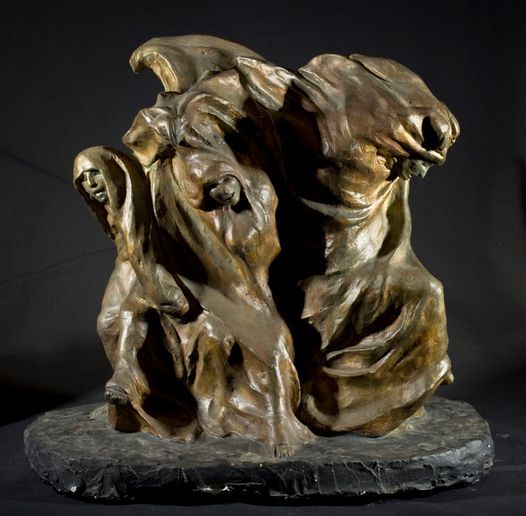
View On WordPress
#African Art#African artifact#Black American art#Black American Artist#Black American History#Black American Sculpture#Danse Macabre#Meta Vaux Warrick Fuller
4 notes
·
View notes
Text

Leroy Campbell,Best Friends
13 notes
·
View notes
Text

DEATH OF A VALLEY: "DOROTHEA LANGE PHOTOGRAPHING THE DESTRUCTION OF A CALIFORNIA LANDMARK" PIRKLE JONES // 1956 [selenium-toned silver gelatin print | 8 x 10"]
#pirkle jones#dorothea lange#film photography#analog#black and white#monochrome#modern art#50s#american#photography#u
6K notes
·
View notes
Text

"The Black Cat beyond the Pink Curtain". 2024. Watercolor on paper. By Jan L. Waldron
#happy autumn#cat#black cat#cat in art#spooky art#autumn art#cats#cats in art#animals#animals in art#autumn aesthetic#autumn#fall#watercolor#american artist#contemporary artist#jan l waldron
4K notes
·
View notes
Text
"The Octoroon Girl"
Archibald J Motley Jr (American,1891-1981) - Jazz age modernist


Archibald J Motley Jr - The Octorron Girl 1925
36 notes
·
View notes
Text

long way home
#snow#winter#winter aesthetic#art#rural#ruralcore#midwest gothic#american gothic#michigan gothic#rural america#photography#wintercore#ice#snowy#wintery#silhouette#silhouettes#january#black coat#black dress#black and white#white#clouds#desolation#desolate#landscape#sticks#trees#bare trees#dirt road
2K notes
·
View notes
Text

Manhattan Midnight, Ellison Hoover, 1940
2K notes
·
View notes
Text

Rebecca Ness (American, 1992) - Bushwick Cat Shelter (2022)
2K notes
·
View notes
Text
in order, these are:
“Iconography/A Hopeful Truth” (2022-2023), 24k gold leaf, 22k moon gold, acrylic paint, semi-precious stones, and other mixed media on archival pigment print, 56 x 42 inches.
“Iconography/In honor of the sacred divinity that exists within us” (2023), 24k gold leaf, paper, acrylic on archival pigment print, 47 x 35 inches
“Remnants/I Was Born to Stand in the Light” (2020-2022), 24k gold leaf, paper, acrylic, other mixed media on archival pigment print, 63 x 41 inches
all images © Tawny Chatmon and via the linked article in Colossal (in OP) (08/16/2023, accessed by me 08/17/2023).
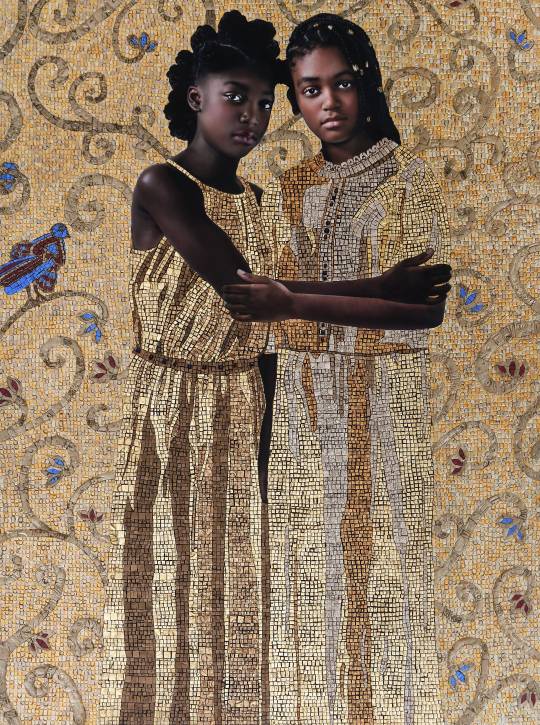
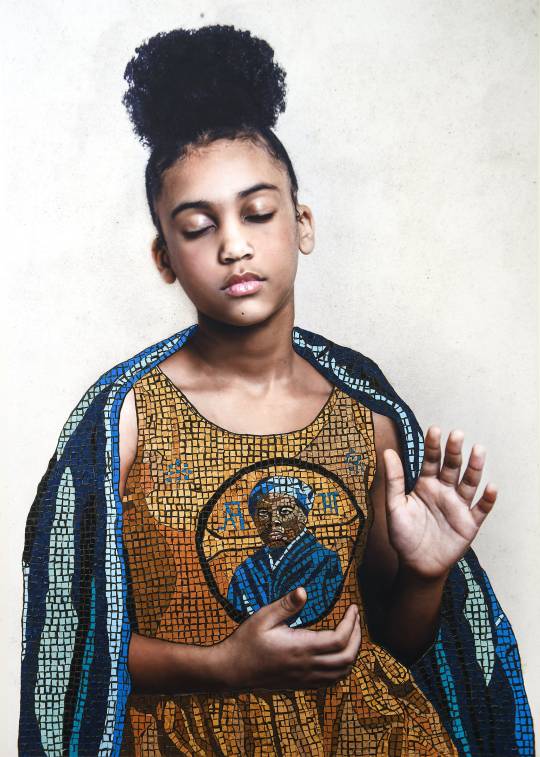

Through Gilded Portraits, Tawny Chatmon Envisions a Dazzling Future
#tawny chatmon#“my work is a beautiful resistance simply because it exists”#← direct quotation from the artist#seriously go look at the article there are EVEN MORE of these portraits and each one is just a punch in the heart#black american portraiture#black american painting#black american photography#black american art#gilding#mixed media#american art#american portraiture#american painting#american photography#american idols (ha ha ha sorry?)
2K notes
·
View notes
Text
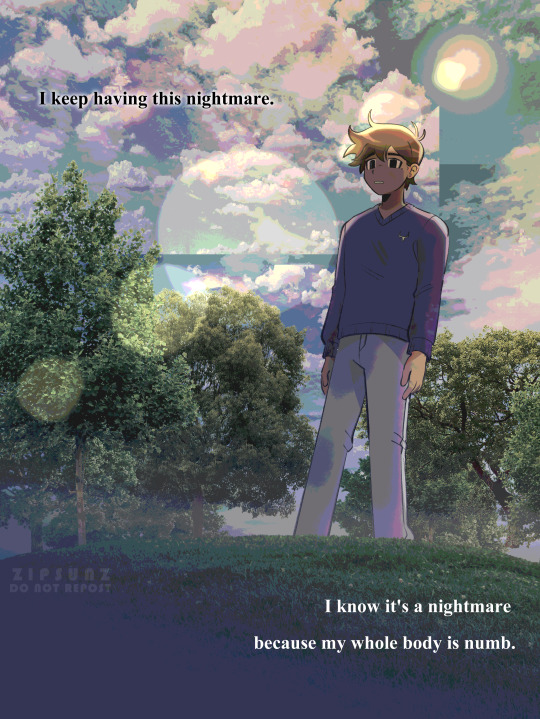
a comic i made for hero's birthday 🍳 ✨
(art by me, script by @sunkitty143!)
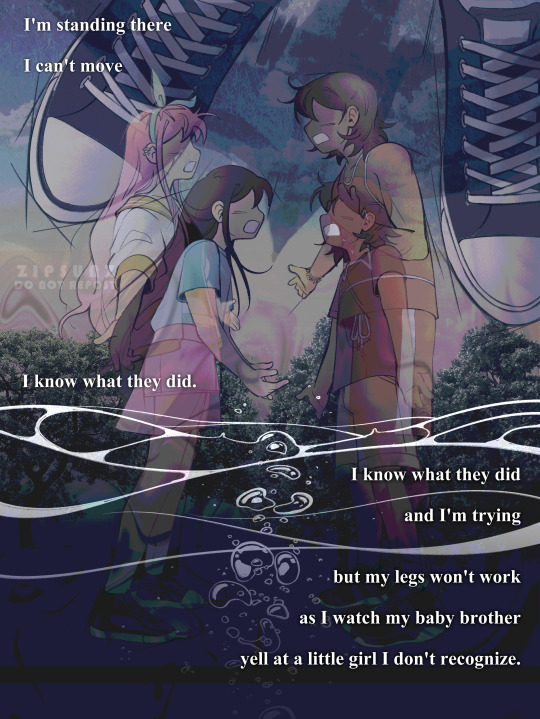
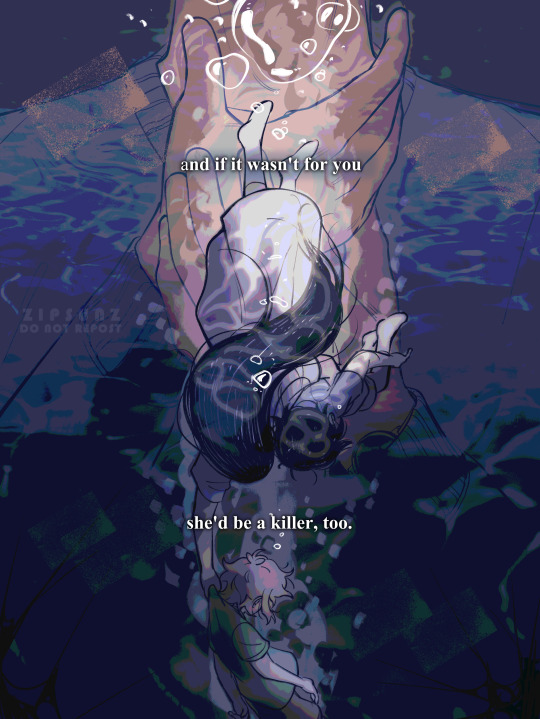
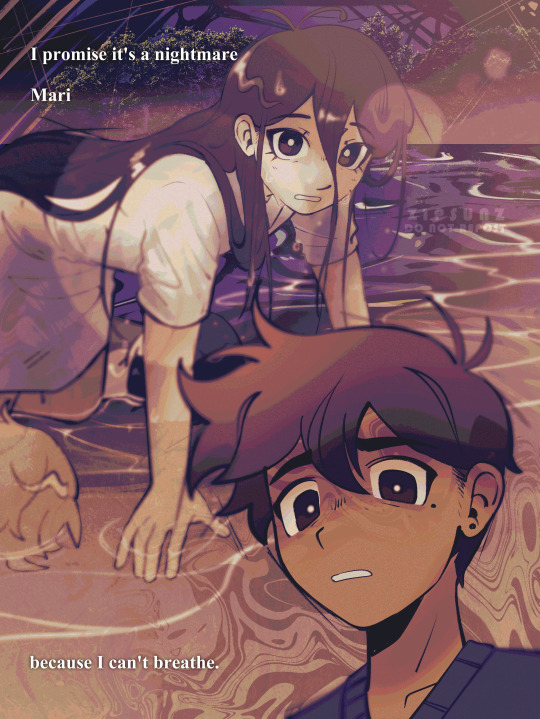

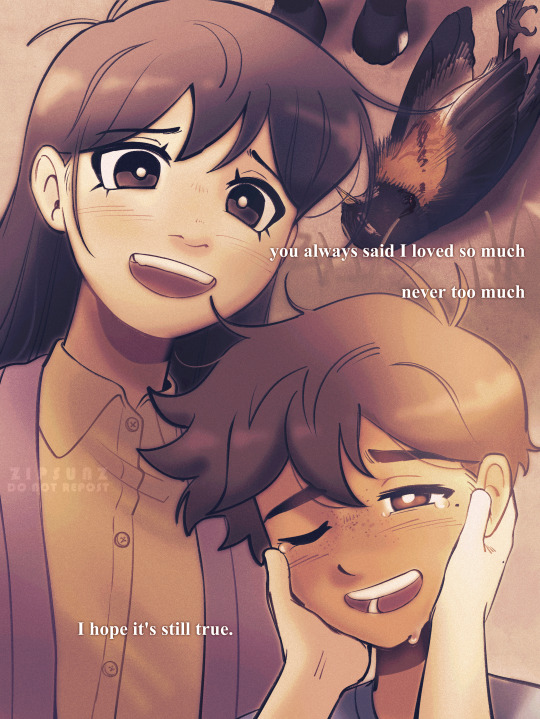


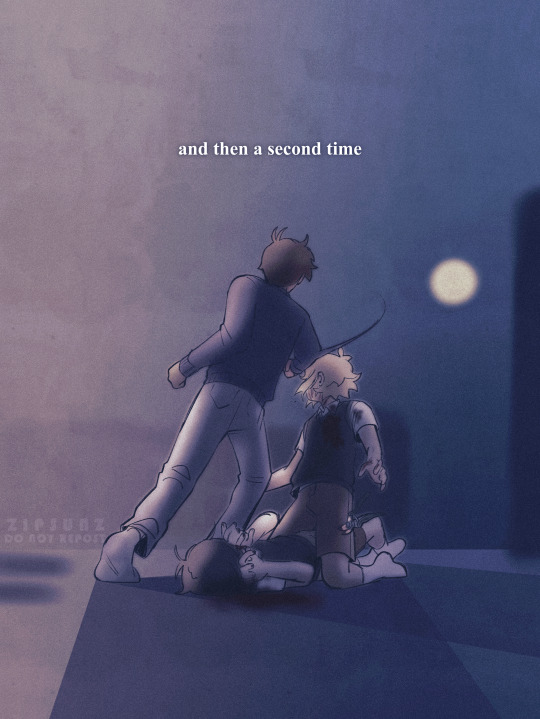
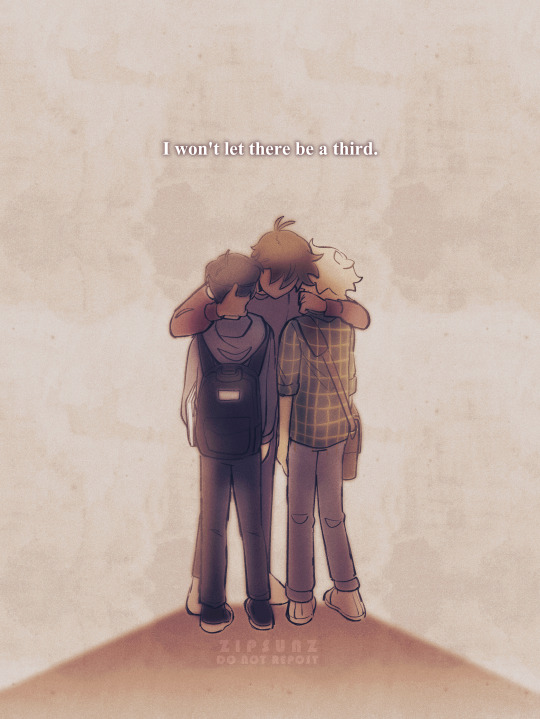
#omori#omori hero#omori aubrey#omori kel#omori mari#omori sunny#omori basil#omori heromari#heromari#omori spoilers#my art#cat collab#a few notes:#the bird is an american robin#i changed hero's (beta) hoodie to USC for the university of southern california. i figure that's what it references lol#i hc hero gave basil his black eye so he'd drop the shears (his weapon is a fist which “gets the job done”)#comics
6K notes
·
View notes
Text
Fons Americanus by Black American artist Kara Walker
Fons Americanus was a sculpture, taking the form of a functional fountain adorned with allegorical scenes and figures, created by American artist Kara Walker. The sculpture was housed in the Tate Modern’s Turbine Hall from late 2019 to early 2020, and was destroyed at the end of its time there.
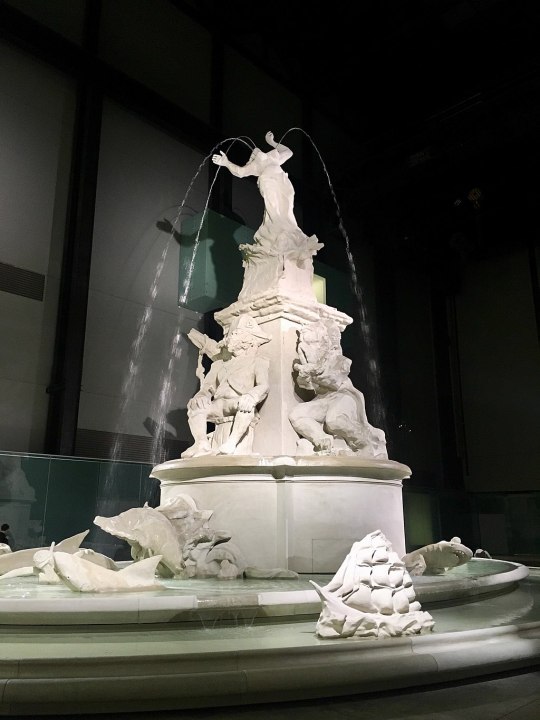
View On WordPress
#African Art#African artifact#American artist#Black American art#Black American History#Black American Sculpture#Fons Americanus#Kara Walker
3 notes
·
View notes
Text

intimacy
photo edited by me
#black and white#photography#my edit#tattoo#tats#romance#yearning#gothic#gothic art#other gothic#gothic photography#dark poetry#spilled words#art#rural photography#rural gothic#suburban gothic#regional gothic#gothic americana#american gothic#ethel cain#appalachian gothic#southern gothic#small town gothic
1K notes
·
View notes
Text

"DIVINE @ THE METROPOLITAN MUSEUM" PETER HUJAR | NYC, 1976 [gelatin silver print | U/D]
#peter hujar#divine#queer#portrait#70s#film photography#analog#black and white#monochrome#NYC#dreamlanders#contemporary art#american#photography#u
3K notes
·
View notes
Text

my fave girls
#rule of rose#clock tower#haunting ground#silent hill#fatal frame#fatal frame maiden of black water#rule of rose jennifer#fanart#sainct's art#american mcgee's alice#alice madness returns#alice asylum#fiona belli#heather mason#alice liddell#yuri kozukata#horror games#survival horror
2K notes
·
View notes